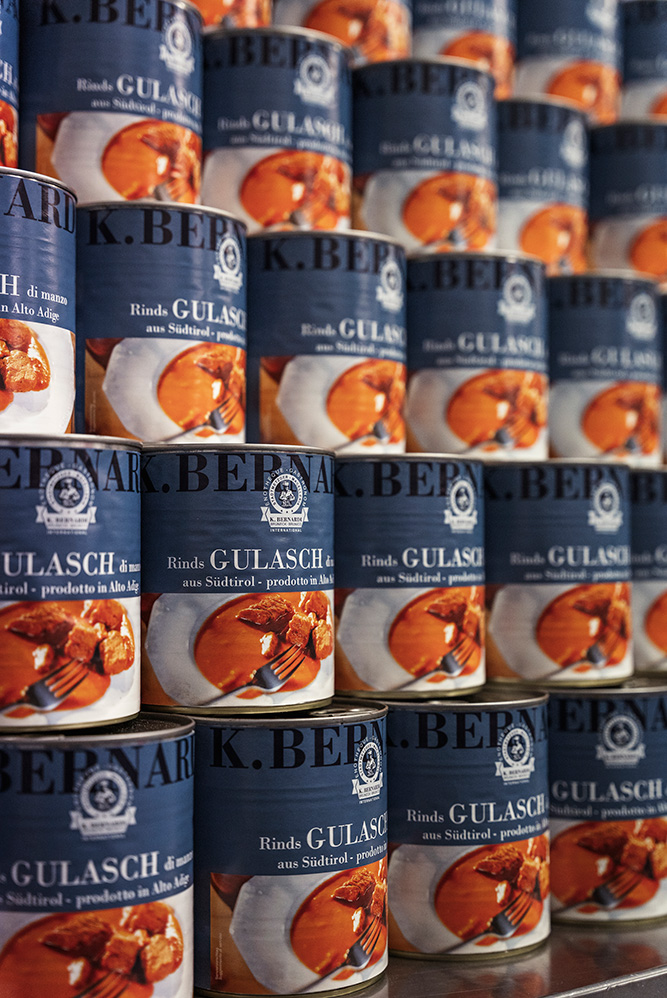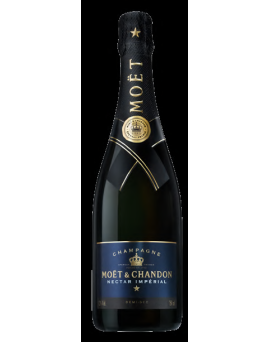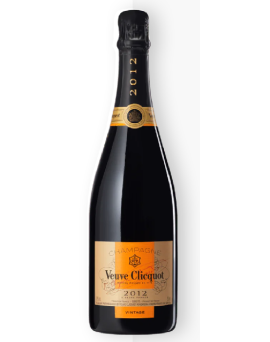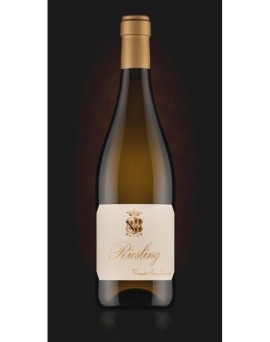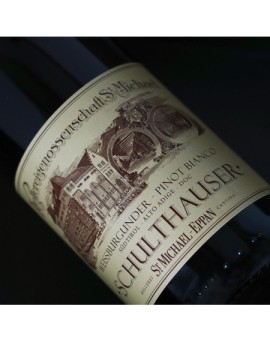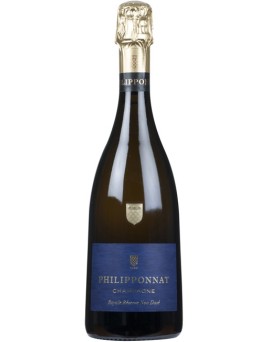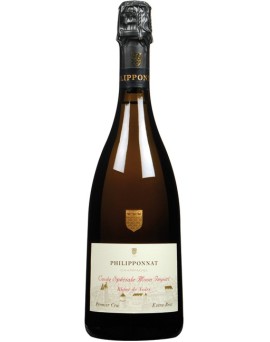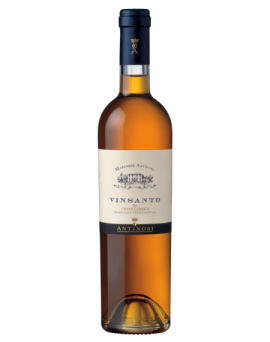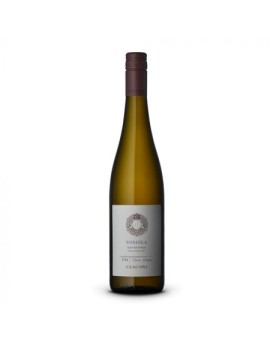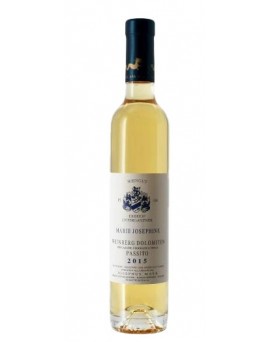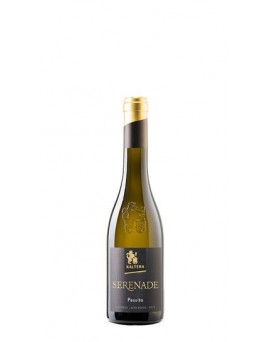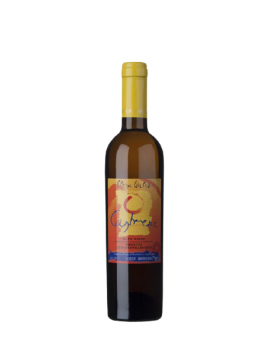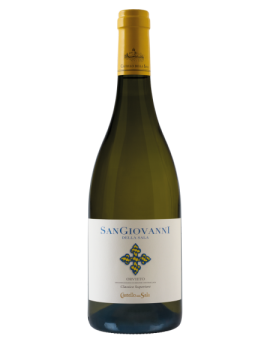Marchese Antinori Vinsanto Chianti Classico DOC 2016<br /><br />Climate: After an autumn and winter that tended to be mild and not very rainy, spring 2016 began with good weather in Chianti Classico, bringing bud break about 10 days<br />earlier than the historical average. Starting in May and during the first half of June, rainfall and average cool temperatures were recorded, but did not affect the decisive<br />phases of flowering and fruit set. The summer up to the end of August was hot, dry and without heat peaks: optimal conditions for maintaining an excellent vegetative-<br />productive balance and ensuring constant growth of the grapes. Harvesting took place between 7 and 10 September.<br /><br />Vinification: the grapes, sourced exclusively from the vineyards of the Antinori estates in Chianti Classico, were carefully selected and harvested in boxes; they were then<br />placed by hand on the special mats of the appassitoio (drying room) of the Tignanello estate or on the penzane of the Pèppoli estate (mobile frames where the bunches are<br />hung in suspension). The grapes, left to dry until the end of December, were then softly pressed in order to maintain their organoleptic and aromatic characteristics. The<br />must obtained was put into the typical 'caratelli', made from different types of wood and with a capacity varying between 50 and 200 litres, where the long, slow alcoholic<br />fermentation took place. The wine remained in the kegs for about 3 years and was then blended and finally bottled.<br /><br />Historical data: The production of Vinsanto in Tuscany dates back at least to medieval times: it is considered a true regional speciality and the Antinori family has always<br />produced it. The first vintage of Vinsanto Tenute Marchese Antinori (a 'natural' production vinsanto) was, however, 1987.<br /><br />Tasting Notes: The Marchese Antinori Vinsanto has a dark amber colour with golden reflections. On the nose sweet notes of dried fruit, such as hazelnut and date, combine<br />with an intense sensation of candied orange, honey, and a slight hint of cinnamon. On the palate it is full, soft, supported by a pleasant freshness that makes it lively and<br />pleasant. Good persistence on the palate.<br />
Price
€26.80

